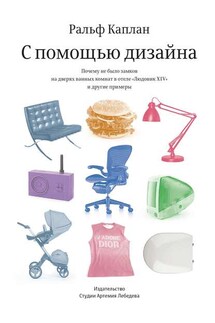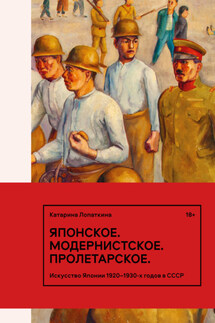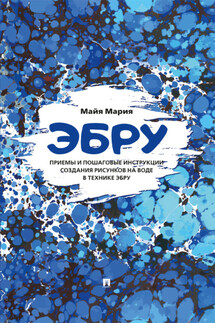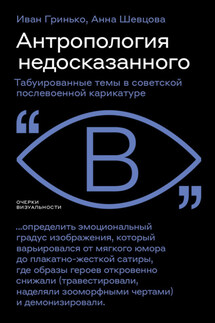Edgar Degas - страница 10
As for Zulmar Bouffar, the brilliant operetta star who created the role of the pretty glove-maker Gabrielle in Offenbach’s La Vie Parisienne, they tell us that ‘her best parts are her posterior beauties: even the Hottentot Venus cannot boast such a well-formed pair of sculptured marble buttocks’.
The residents of Degas’ brothels differ from the bland, idealised nudes exhibited at the Paris Salons not only in their physical proportions and facial types, but also in their frank display of abundant pubic hair. Nowhere is the sexual schizophrenia of the 19>th century more apparent than in the contrast between the hairless perfection of 19>th-century academic nudes and the relish with which the pubic hair of the women in The Pretty Women of Paris is itemised in the most minute and precise detail.
So we learn that Bacri ‘can boast the best bush that ever grew below a moll’s navel’; that the mons veneris of Laure Decroze ‘is protected by a splendid, soft, curly chestnut bush’; ‘The neat body and flowing locks of golden hue’ of Emilie Kessler ‘will be sure to excite desire in the male, especially when he makes the discovery that her tangled bush is as black as night, affording a rare and pleasing contrast.’ The brothel prints display a caricature and gently satirical element that is virtually unique in Degas’ work. This is most apparent in Degas’ mockery of the bashful bowler- or top-hat wearing clients, dressed as always in the black uniform of the ‘undertaker’s mutes’.
The Dance Class, c. 1873.
Oil on canvas, 47.6 × 62.2 cm.
Corcoran Gallery of Art, Washington, D.C.
The Dance Class (detail), c. 1873.
Oil on canvas, 47.6 × 62.2 cm.
Corcoran Gallery of Art, Washington, D.C.
In The Serious Client, for example, a curvaceous prostitute (whose body is modelled almost entirely in Degas’ fingerprints) reaches out to encourage the timid bowler-wearing client. In several of these images, the notorious acerbity and terseness of Degas’ conversational wit finds a nice visual equivalent in the oblique and abbreviated way that he refers to the presence or approach of the male client.
In the Salon shows a black-suited client with a top hat and stiffly-starched shirt collar entering a room filled with prostitutes disporting themselves in the most carelessly abandoned poses. In Repose and The Customer, we see no more than the client’s nose and a narrow strip of the black fabric of his trousers. One of the most voluptuous of the brothel monotype prints, Two Women (Scene in a Brothel), combines two potent male fantasies: lesbianism and interracial sex.
If we are to believe the authors of The Pretty Women of Paris, lesbianism, or ‘tribadism’ as they so quaintly put it, was common practice amongst Parisian prostitutes, although its extent may well have become exaggerated in their overheated imaginations. These lesbian encounters are described in the book with that curious mixture of moral disapproval and salivating prurience that still characterises attitudes to sex in much of the British popular press.
So we read of the ‘disgusting caresses’ common to French prostitutes and the ‘Sapphic ties, of which Parisian unfortunates are generally so fond’, and of Janvier, ‘an insatiable devotee of lesbian love’, who ‘pursues her prey in the corridors of the Opera like a man’, of Nina Melcy, mistress of a British Member of Parliament, who ‘adores her own sex, but only when there is an important debate in the House’, and of Juliette Grandville who is ‘often Sappho by day and Messalina by night, rushing eagerly to the arms of her masculine adorer with the glorious traces of some girlish victim’s excitement on her feverish ruby lips.’ To see lesbian activity was clearly exciting to many men in 19






